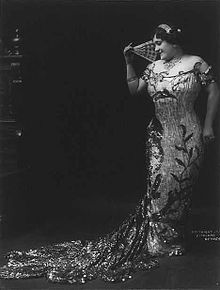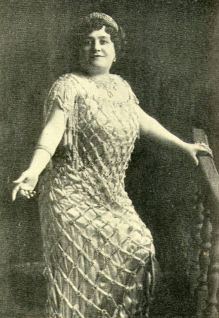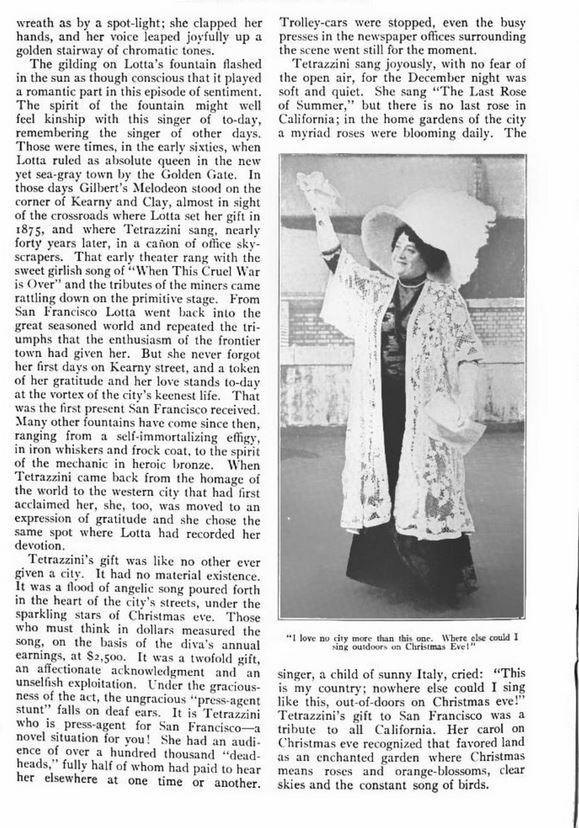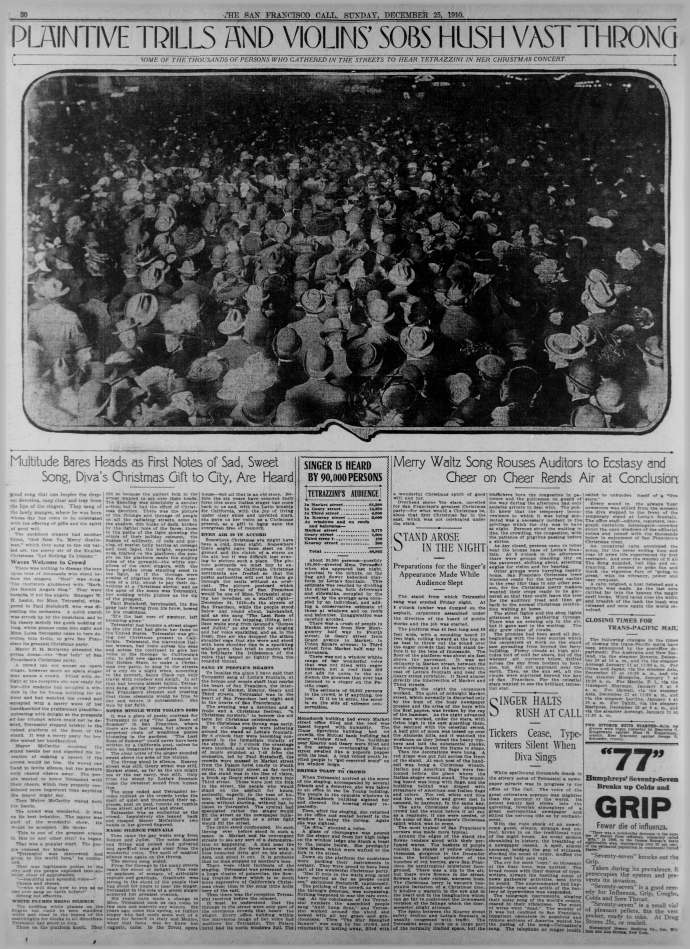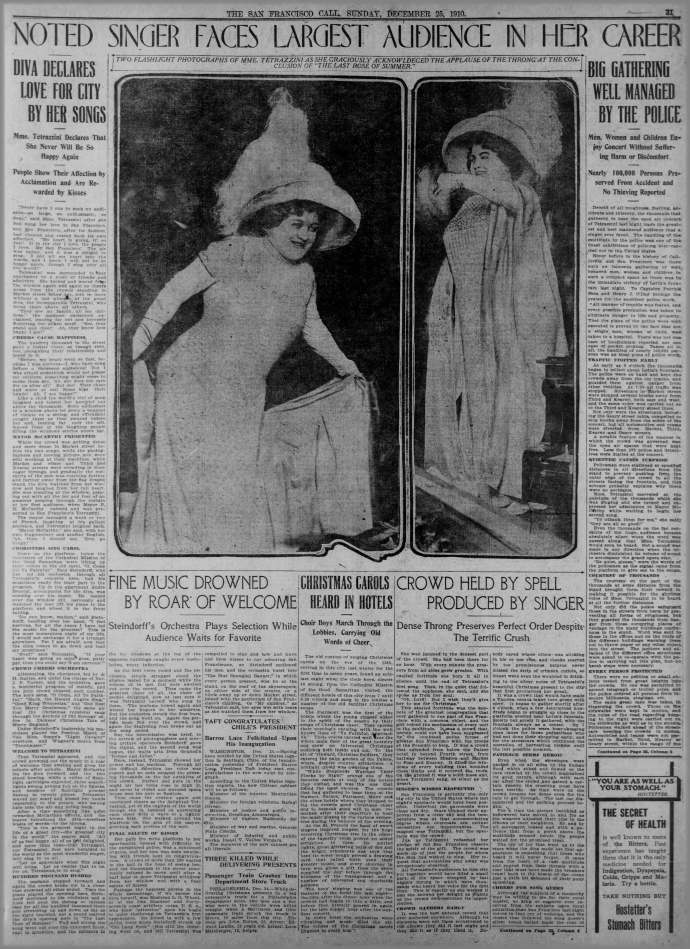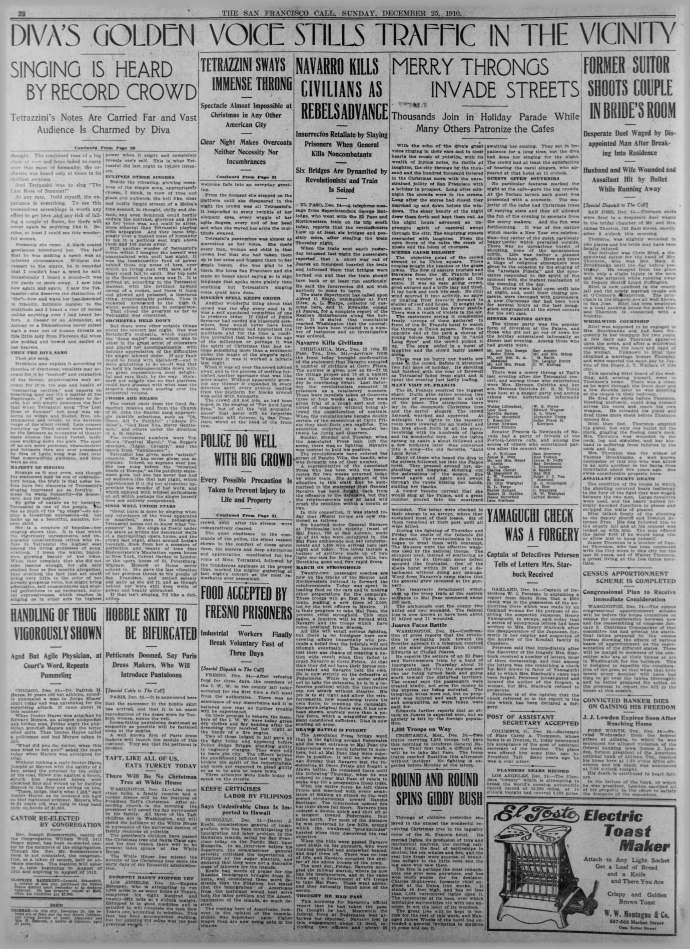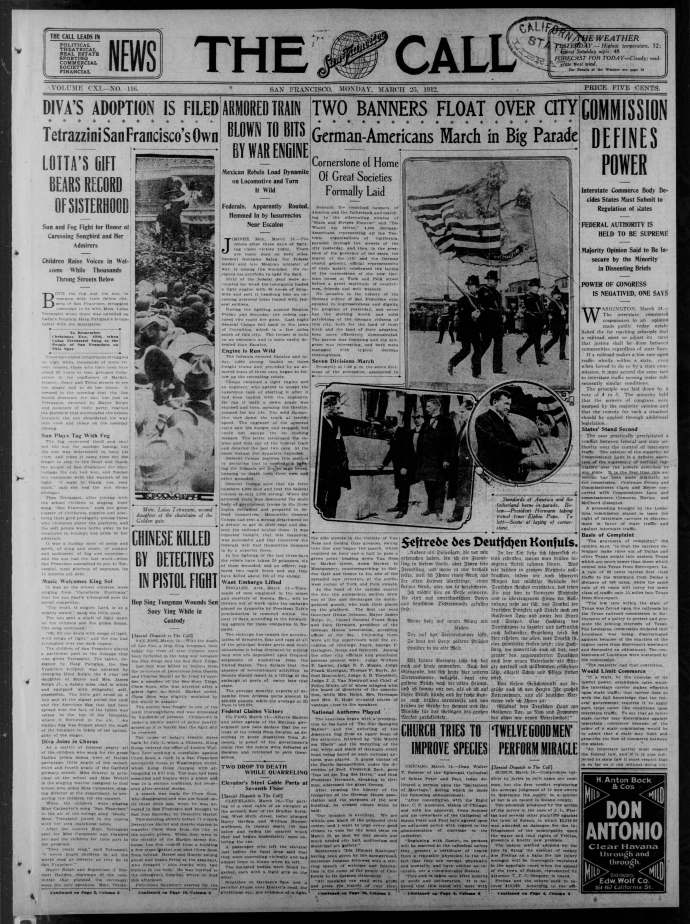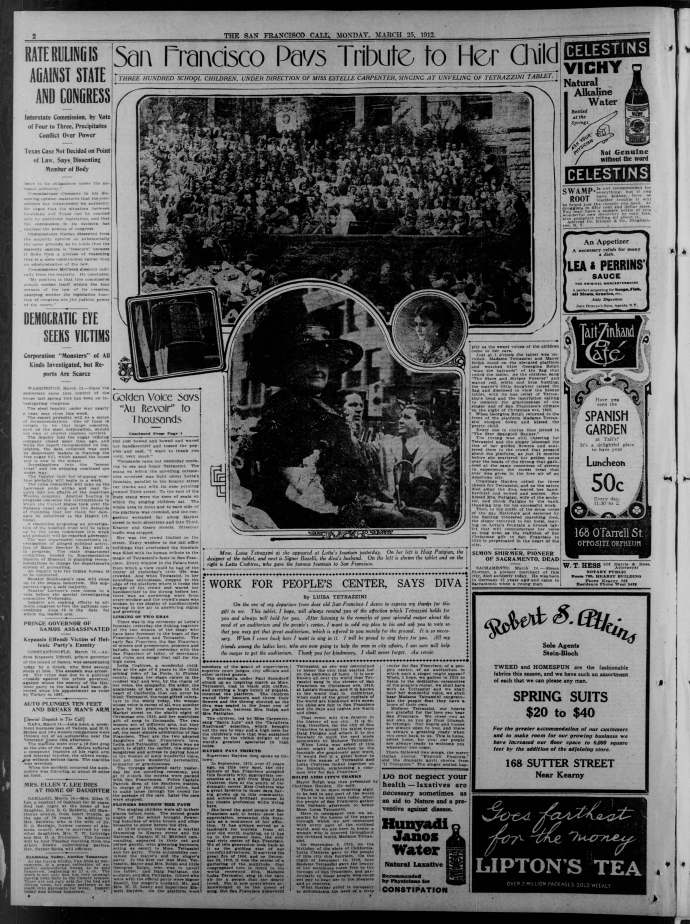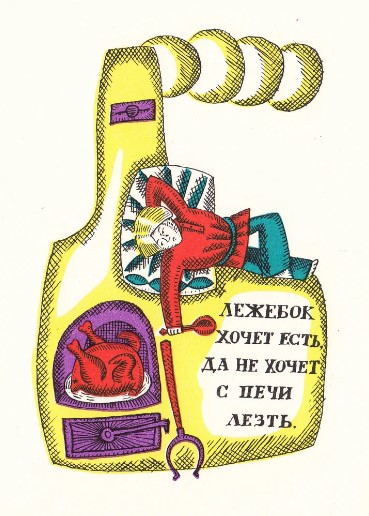California
Protected: Russum/Angus: Post II – Baroness Catharine Marie T. (Russum) Rogniat
Protected: Russum/Angus: Post I – Background on Thomas Bayley Russum (m. Cecelia Bensley Angus)
Protected: James E. Brodhead, actor—memorabilia auctioned
Holiday snaps: Oregon with a dash of California
Well, Hubby and I had an epic summer vacation last month, and as promised, here are some images of the places we visited. Between the two of us, we took hundreds of photos (actually, over 1,000—but I find that embarrassing to admit, given in the old days, I would have returned from a vacation like this with a few rolls of film and thought that that was a lot). I’d hoped to pick out a representative ‘Top 10,’ but could only whittle the massive heap down to the ‘Top 50’ featured below.
 Our Itinerary: We flew into Portland, picked up a rental car and started a clockwise tour—out to Hood River along the Columbia Gorge, then to rodeo-town Pendleton and agriculture-oriented Hermiston to visit some of hubby’s childhood friends, and then on to the La Grande area (hubby’s childhood stomping grounds). We took a day trip out to Wallowa Lake and took time to take the tram up Mt. Howard (8,150′ elevation), before heading southwest to the middle part of the state, passing through the John Day Fossil Beds National Monument, and then over-nighting in Bend. From there, we visited the majestic and awe-inspiring, sapphire-blue Crater Lake and spent several nights at tiny Rocky Point along the upper northwest edge of Upper Klamath Lake. With that as our base, we were able to head back up to Crater Lake for a second visit, this one to cover the eastern half of the loop road and take a boat tour. From Rocky Point, we headed west to Grants Pass and then southwest to Kerby, where we discovered a fascinating ‘store/wood workshop/home’ called ‘It’s a Burl’ whose grounds include multiple tree houses that can be climbed by children 12 and over. Then it was on to Crescent City, California, where we stayed at a trailer in the redwoods for a couple of nights, long enough to walk some of the major trails of the Jedediah Smith Redwoods State Park. Then we headed up the coast, stopping at dozens of gorgeous spots along the way, before ending up back in Portland.
Our Itinerary: We flew into Portland, picked up a rental car and started a clockwise tour—out to Hood River along the Columbia Gorge, then to rodeo-town Pendleton and agriculture-oriented Hermiston to visit some of hubby’s childhood friends, and then on to the La Grande area (hubby’s childhood stomping grounds). We took a day trip out to Wallowa Lake and took time to take the tram up Mt. Howard (8,150′ elevation), before heading southwest to the middle part of the state, passing through the John Day Fossil Beds National Monument, and then over-nighting in Bend. From there, we visited the majestic and awe-inspiring, sapphire-blue Crater Lake and spent several nights at tiny Rocky Point along the upper northwest edge of Upper Klamath Lake. With that as our base, we were able to head back up to Crater Lake for a second visit, this one to cover the eastern half of the loop road and take a boat tour. From Rocky Point, we headed west to Grants Pass and then southwest to Kerby, where we discovered a fascinating ‘store/wood workshop/home’ called ‘It’s a Burl’ whose grounds include multiple tree houses that can be climbed by children 12 and over. Then it was on to Crescent City, California, where we stayed at a trailer in the redwoods for a couple of nights, long enough to walk some of the major trails of the Jedediah Smith Redwoods State Park. Then we headed up the coast, stopping at dozens of gorgeous spots along the way, before ending up back in Portland.
Of course, there is much we did not get to see or do. A future trip will have to take in much more of the spectacular Cascade Range and the NW coast. But we did the most with the time we had. It was a great trip, and I could easily come up with a Top 50 of new things learned (but will spare you the tedium). Here is a list of 10 completely random things I discovered (in no particular order). Or skip this section and head straight to the photos!
Random Things Learned:
1) Pelicans – In my ignorance, I’d always thought they were a coastal bird only found in Florida, so I was surprised to see a giant white pelican hovering over Upper Klamath Lake, part of a significant and vast wildlife refuge for all sorts of birds. Apparently the American White Pelican (Pelecanus erythrorhynchos) spends time inland at places like Upper Klamath Lake during breeding season.
2) Redwoods – I plead ignorance again. For some reason I’d expected to see giant sequoias (diameter up to 40′) as we toured around NW California’s forests. I did not realize that those are confined to the Sierra Nevadas, quite far down the state, not too far from Death Valley. So instead what we saw were coast redwoods which reach a diameter of 22′-27′ wide at the base. They are much taller (up to 370′—the tallest trees on the planet) than the more rotund inland sequoia (up to 300′). The coast redwoods can be more than 2,000 years old, and the sequoias more than 3,000 years old. While ‘slimmer’ than the sequoias, the coast redwoods are still an astounding sight. It is very sad to think that only 5% of the original old-growth coast redwood forest remains today, thanks to uncontrolled logging during and after the California Gold Rush of 1849. Walking through these forests of ‘giants’ is an awesome experience. Let’s hold on tight to the ones that remain.
3) Crater Lake (surface elevation roughly 6,100 feet) – the freshest and purest water in the world according to scientists. The lake, which sits in a vast caldera created by the volcanic eruption of Mt. Mazama, which took place 6,000-8,000 years ago, is six miles wide at its widest point. It is the deepest lake in the Western Hemisphere, with one spot measuring 1,949 feet. No fish are native to the lake, however some species were introduced between 1888-1941. Today, only Rainbow Trout and Kokanee Salmon survive, and it sounds like the park would be happy to get rid of them—fishing is encouraged, no license is required, and there are no limits. The only caveat: no live bait for fear of introducing more non-natives.
No snorkeling or scuba diving for that reason too, but swimming is allowed. But, of course, you have to be prepared for the round-trip hike down to the lake, a journey that is obviously much more brutal on the way back up. Far trickier to get rid of are the crayfish introduced in 1914 in the hopes they would serve as fish food. Unfortunately they have multiplied to such an extent that they are pushing out the native Mazama Newt. Both compete for the same food source: insects. The newts are in a ‘be eaten or flee’ situation, and so have ended up pushed to the edges of certain lake areas. So far, scientists are stumped as to how to get rid of the crayfish, or even cut their numbers. Crater Lake is an awesome sight—a life experience I’d recommend to anyone. Just make sure to avoid the annual average of 488 inches of snow, the last remnants of which typically do not disappear until July!
4) Monkey Puzzle trees – I’d only ever seen Monkey Puzzle Trees (MPT) when I lived in the UK. So I was completely surprised to run across two during our journey: the first in Shore Acres State Park which has a fabulous seaside botanical garden. The young monkey puzzle tree was tucked to the side of one of the walkways in a not-overly noticeable spot. The other tree was in a completely unexpected spot on the corner of a very busy NE Portland intersection. I can’t imagine it surviving there indefinitely. Its sharp branches are bound to end up scraping someone. If you haven’t heard of these trees, they are native to a small area in Chile; in fact they are Chile’s national tree. The first saplings were brought to the UK in the late 18th century and eventually the tree became wildly popular there. Their scaly branches are very sharp and spiny, almost reptilian looking. How to climb such a tree would puzzle any monkey (this notion is what gave the tree its common name). As for Portland, I have since learned that there are dozens of monkey puzzle trees spread throughout the city; many are over 100 years old. Their curious presence is explained by the fact that at the 1905 Lewis and Clark Centennial Exposition seedlings were handed out to visiting Portlanders who subsequently went out and planted them.
5) Dutch Brothers Coffee – Loved the coffee at these little drive-thru stands. Looks like the young people working in them have a blast doing so. Perhaps, the company, which started out in 1992 in Grants Pass, OR, will someday venture beyond Oregon, California, Idaho, Colorado, Nevada, Washington, and Arizona? I hope so!
6) World War II civilian casualties on the US mainland – I never recall hearing about any civilian casualties taking place on the US mainland during WWII. Then, at the Klamath County Museum, I learned that the Japanese launched thousands of balloon bombs that were carried by the winds to North America, in the hope they would explode somewhere in the US and cause fires calamitous enough to bring troops back to the US to protect the West Coast. The remnants of 15 such bombs were discovered in Klamath County. The only casualties in the US from these bombs occurred in Klamath County on May 5, 1945, when six people on a picnic lost their lives: Elsie Mitchell (26), Jay Gifford (13), Edward Engen (13), Dick Patzke (14), Joan Patzke (13), and Sherman Shoemaker (11). What a tragic time that must have been.

An illegal card game in the underground. A boy posted above ground would pull a string that would ring the bell hanging over the table when law enforcement folks were in the vicinity.
7) Pendleton Underground Tours – a fascinating look at what went on illegally and legally in Pendleton for many years when it was the ‘entertainment capital’ of Eastern Oregon. Historians take you on a tour of an underground area encompassing four city blocks. The underground rooms were connected by ‘service tunnels’ dug and reinforced by Chinese laborers in the late 1800s. Illegal card games, bootlegging, and prostitution were rampant in a town that then boasted 33 bars and 18 brothels. The tour takes in the ‘Cozy Rooms’ brothel which remained in operation into the 1950s. Legal businesses underground included a meat market and a Chinese laundry & baths where the cowboys could clean up before meeting the ‘ladies’.
8) Best soft serve ice cream ever – Hubby had been to this Elgin, Oregon, roadside food stand numerous times years ago, and was delighted to see that it was still there. We stopped by on our way back from Wallowa Lake. Sizes include ‘Baby’, Small, Medium, and Large. The baby size, which I ordered, was huge, prompting us both to quip, “Wow, that’s a big baby!” And it was so inexpensive — just $1.50! Of course, now, I wish I’d gotten the Large ($2.75). 😦 I would teleport myself back there in a heartbeat it I could!
9) Lan Su Chinese Garden – the most authentic outside of China – is located in Portland. Built by Chinese artisans from Portland’s sister city Suzhou, the Garden takes up an entire city block. It was definitely a major highlight of our few days in Portland. I’ve been to China a couple of times, and visiting this place transported me straight back there. It is simply stunning.
10) Cape Perpetua – Lava flows from volcanoes or underwater eruptions 50 million years ago are responsible for the intriguing, randomly sculpted basalt shoreline at Cape Perpetua. Here, the ocean can be felt in all its power, especially at high tide, when the water explodes its way through ‘Devil’s Churn’, ‘the Spouting Horn’, and ‘Thor’s Well’. The views of the coast from the adjacent mountain top (see image inset) are stunning as well.
Well, I shall rattle on no longer. Enjoy your day! To view the below images as a slideshow, click the first image and use the side arrows!
As you dig into your holiday turkey leftovers, get to know Luisa Tetrazzini—beloved Italian opera star
Turkey and chicken leftovers often find themselves chopped up and tossed in recipes ending in ‘à la King‘ and ‘Tetrazzini‘. Just last weekend, I pulled out Emeril Lagasses’s recipe for Chicken à la King to use up some turkey leftovers, and I have Ree Drummond’s Turkey Tetrazzini recipe on standby for Christmas.
Historically the two dishes appeared within less than two decades of each other—‘à la King’ in the early 1890s was the invention of Chef William King of the Bellevue Hotel in Philadelphia*, and ‘Tetrazzini’ was lovingly assembled in 1908-1910 by Chef Ernest Arbogast of the Palace Hotel in San Francisco, California*, a city adored by Italian opera star Luisa Tertrazzini (1871-1940) and the site of her 1905 US debut. I confess that until recently, I’d never heard of Luisa nor did I know the origins of the culinary creation that bears her name. Discovering her has been a wonderful surprise.
Luisa was a huge phenomenon in her day, and it would be a shame if current generations did not get to know who she was and the cultural contributions she made to her adopted country, particularly to her beloved San Francisco, victim of a devastating earthquake in 1906.
After her San Francisco debut, Luisa headed to New York where she was a huge sensation and worked for the great Oscar Hammerstein. Some legal disputes erupted at one point that were preventing her from performing in New York. The feisty Luisa called a press conference and made her famous pronouncement: “I will sing in San Francisco if I have to sing there in the streets, for I know the streets of San Francisco are free.” And that is exactly what Luisa did after winning her legal battles.
On Christmas Eve 1910, she demonstrated her affection for the City by the Bay with a live evening performance before an audience estimated at up to 300,000 people. In the heart of the city, near the famed ‘Lotta’s Fountain‘, accompanied by Steindorff’s Orchestra and choristers from the Good Samaritan Mission and the Church of St. John the Baptist, Madame Luisa Tetrazzini, age 39, sang her heart out. As one newspaper described it: “It was a Christmas party at which San Francisco ‘hung up’ its ears instead of its stockings and filled them with the gold and silver of Tetrazzini’s music.” **
Visit YouTube today, and you can have the privilege of listening to this amazing star yourself. There are dozens of links to choose from, all accompanied by some image of the Italian diva.
Much was written about that Christmas Eve performance so many years ago, and I’m posting a few of the articles I’ve found here, just so you can get a sense of how utterly phenomenal Luisa was and why she truly deserves to be remembered for generations to come.
Suffice it to say that from now on, whenever I reach for my recipe for Chicken/Turkey Tetrazzini or think of San Francisco, I will remember this portly little lady with the heavenly voice who was adored by millions of our ancestors and brought so much joy to the lives of so many.
(CLICK IMAGES BELOW FOR LEGIBLE VIEWS)

“Madame Tetrazzini singing in the streets of San Francisco, Christmas Eve. On the platform built for her among the people, surrounded by orchestra and choristers, radiant in a jeweled dress under a multitude of calciums***, the great diva sang to a gathering from all classes and all climes. There was such stillness in the crowded square that the upper tones of her song were clearly heard on the roofs of buildings four blocks away.” Sunset, Volume 26, (California: Passenger Dept., So. Pacific Company, 1911) – CREDIT: Google eBooks
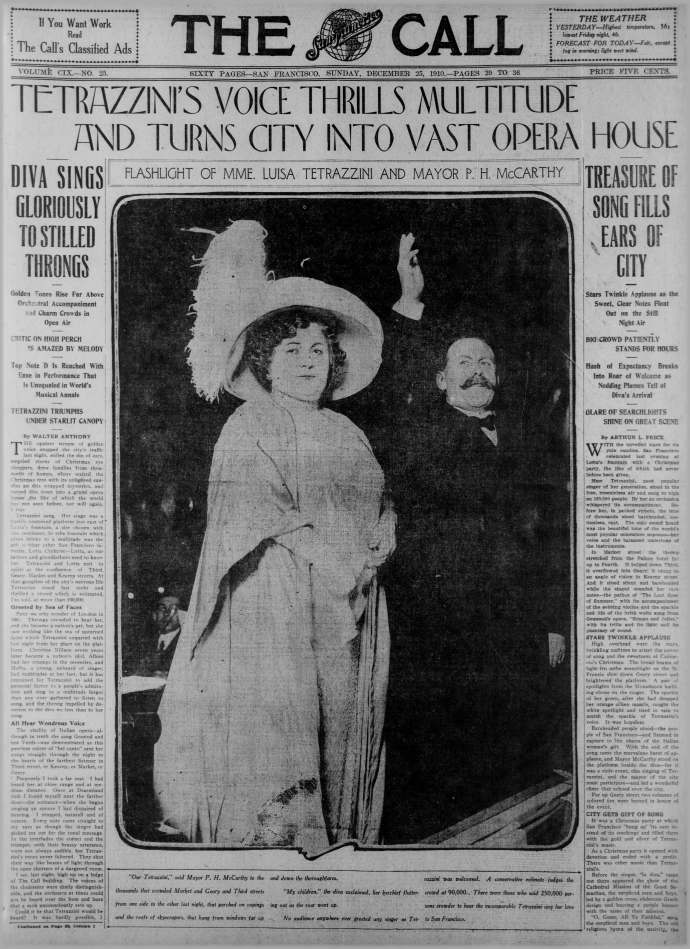
San Francisco’s The Call, Volume 109, Number 25, 25 December 1910; California Digital Newspaper Collection, Center for Bibliographic Studies and Research, University of California, Riverside, <http://cdnc.ucr.edu>. All newspapers published before January 1, 1923 are in the public domain and therefore have no restrictions on use.
***Christmas Eve Concert – commemorative plaque unveiled – March 1912***
*****************************************************************************************************************************
*Wikipedia
**San Francisco’s The Call, Sunday, December 25, 1910, pp. 29-36.
***calciums = calcium lights that produce light effects
























































